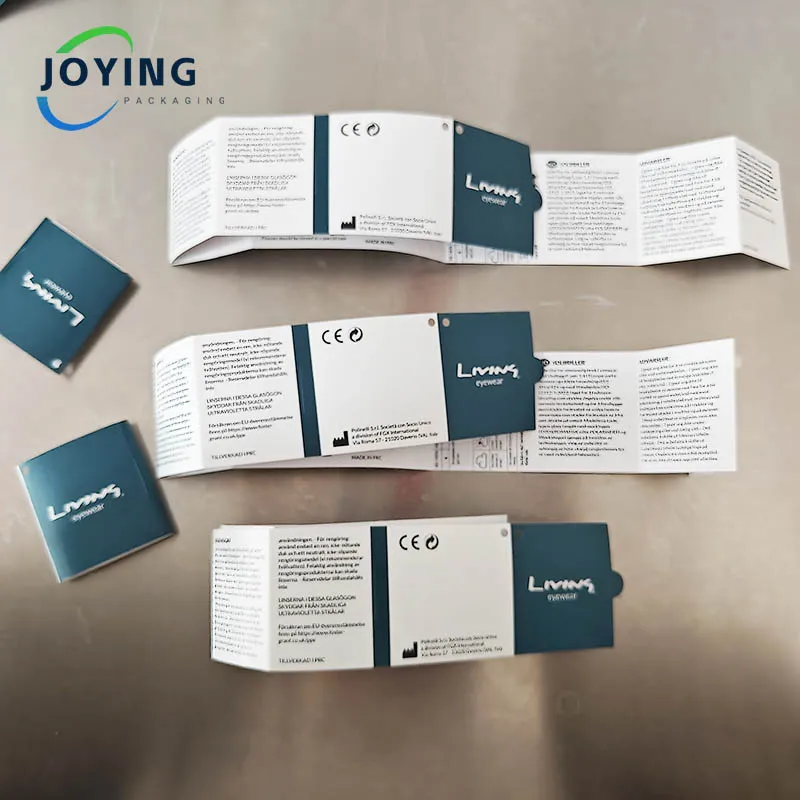How to Choose the Right Thermal Labels for Your Business Needs
2024-08-05
Choosing the right thermal labels is essential to ensure optimal performance and cost-effectiveness in your business operations. Whether you're selecting labels for shipping, retail, or industrial applications, understanding key factors can help you make informed decisions. Here’s a guide to help you choose the best thermal labels for your specific needs.

Consider Your Application Requirements
1. Label Type: Decide between direct thermal labels or thermal transfer labels based on your printing needs. Direct thermal labels are ideal for short-term applications like shipping labels, while thermal transfer labels offer durability for long-lasting applications like product labeling and asset tracking.
2. Printing Environment: Consider the conditions in which the labels will be used. For harsh environments or outdoor use, opt for thermal transfer labels that offer resistance to moisture, chemicals, and abrasion.
3. Print Quality: Evaluate the level of print quality required for your labels. Thermal transfer labels provide higher resolution and clarity, making them suitable for detailed barcodes, graphics, and small fonts.
Label Size and Format
1. Size: Determine the dimensions of the labels needed for your specific application. Consider the size of the items being labeled and any regulatory requirements for label dimensions.
2. Format: Choose between rolls, sheets, or fanfold formats based on your label printer and application setup. Rolls are commonly used for high-volume printing, while sheets or fanfold labels are suitable for desktop printers or manual application.
Compatibility with Label Printers
1. Printer Type: Ensure compatibility between the thermal labels and your label printer. Consider the printer model, printhead resolution, and maximum label width supported by the printer.
2. Printhead Type: For thermal transfer labels, select a compatible thermal transfer ribbon (ink ribbon) that matches the specifications of your label printer’s printhead.
Sustainability and Environmental Impact
1. Label Materials: Choose eco-friendly label materials that align with your sustainability goals. Look for options made from recycled materials or materials that are recyclable or biodegradable.
2. Energy Efficiency: Consider the energy consumption of thermal label printers and opt for models with energy-saving features to reduce environmental impact.
Cost and Value
1. Total Cost of Ownership: Evaluate the total cost of owning and operating thermal labels, including initial purchase costs, printing consumables (e.g., ink ribbons), and maintenance expenses.
2. Long-Term Durability: Balance upfront costs with the durability and longevity of thermal labels. Investing in high-quality thermal transfer labels may offer greater cost-effectiveness over time compared to frequent replacements of direct thermal labels.
Choosing a Reliable Supplier
1. Supplier Reputation: Select a reputable supplier with a track record of delivering quality thermal labels and excellent customer service.
2. Support and Warranty: Choose a supplier that offers technical support, training, and warranty coverage for label printers and consumables.
By considering these factors, you can choose thermal labels that meet your specific business needs, enhance operational efficiency, and deliver long-term value. Whether you prioritize cost-effectiveness, durability, or print quality, the right thermal labels can streamline your labeling processes and support your business growth.
---
These blogs provide comprehensive insights into thermal labels, covering their benefits, applications, and considerations for choosing the right labels for different business needs. Let me know if there's anything specific you'd like to add or adjust!


